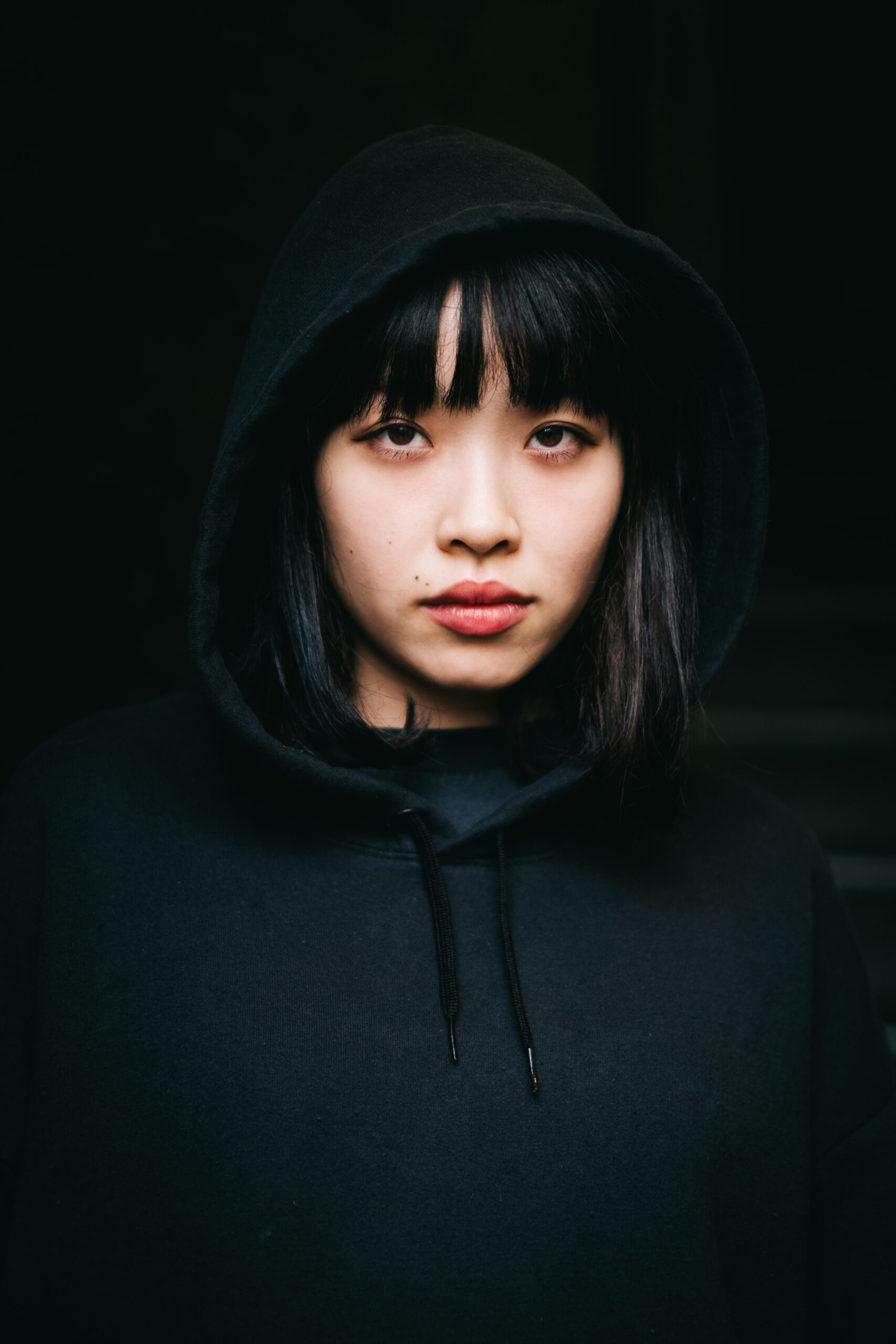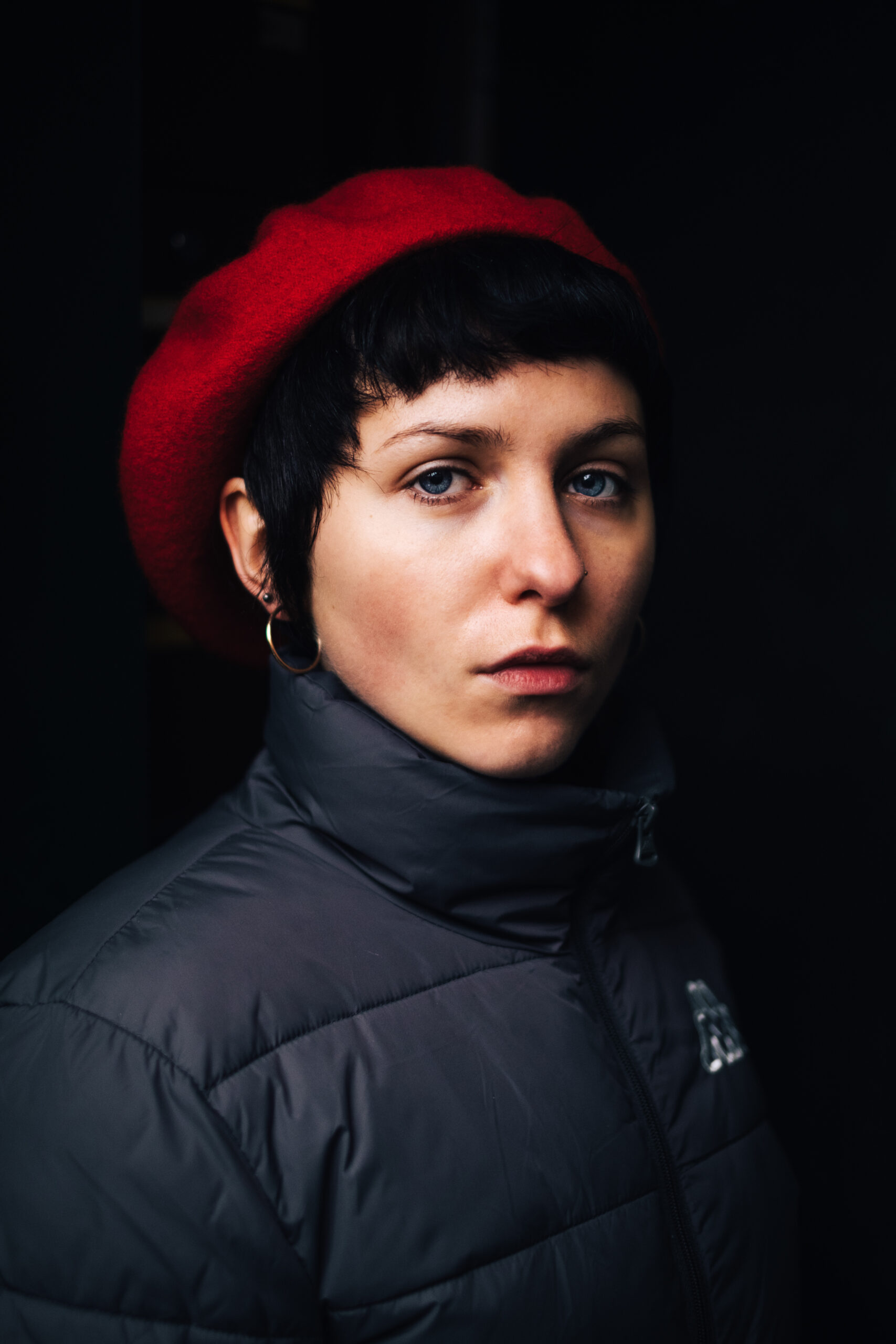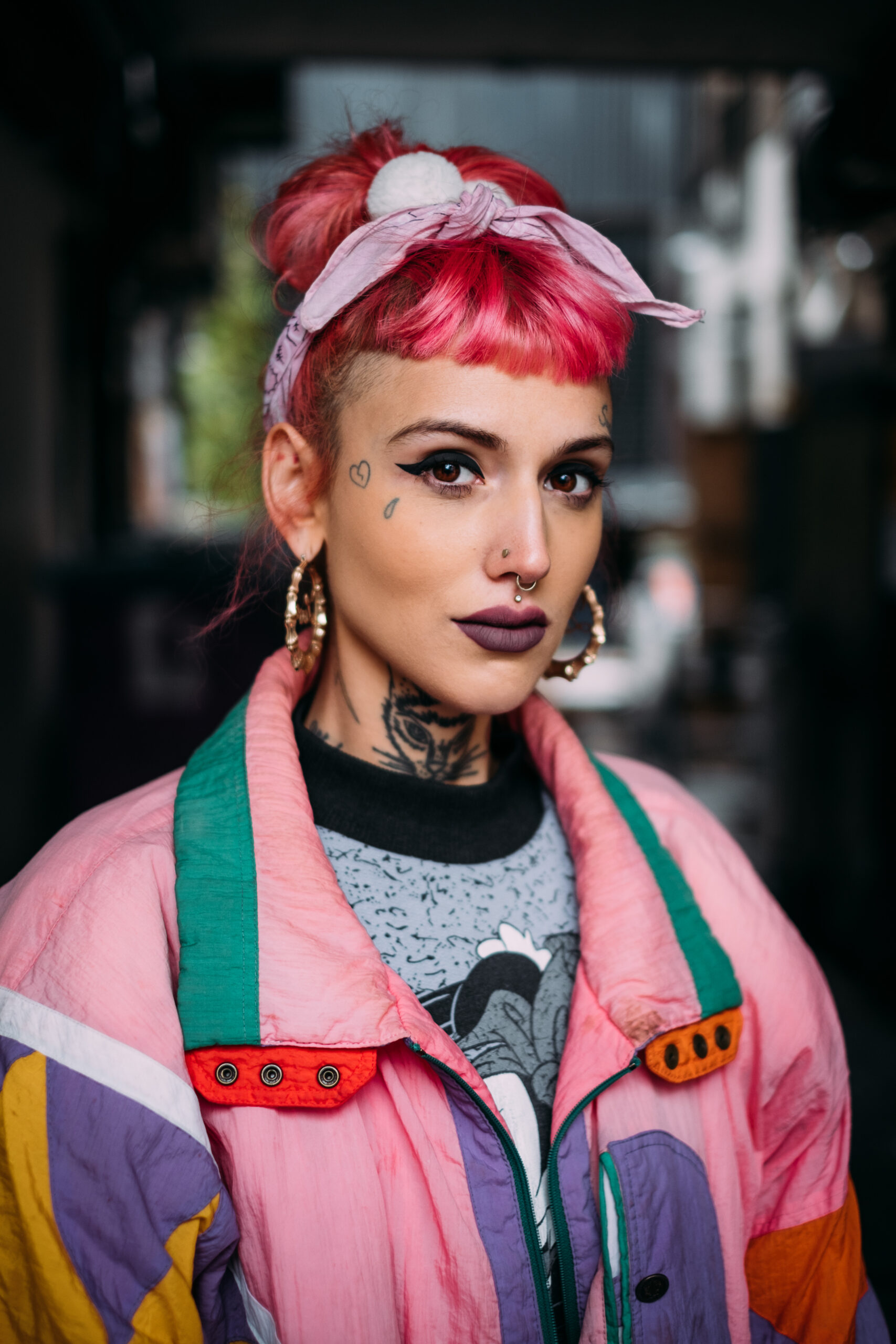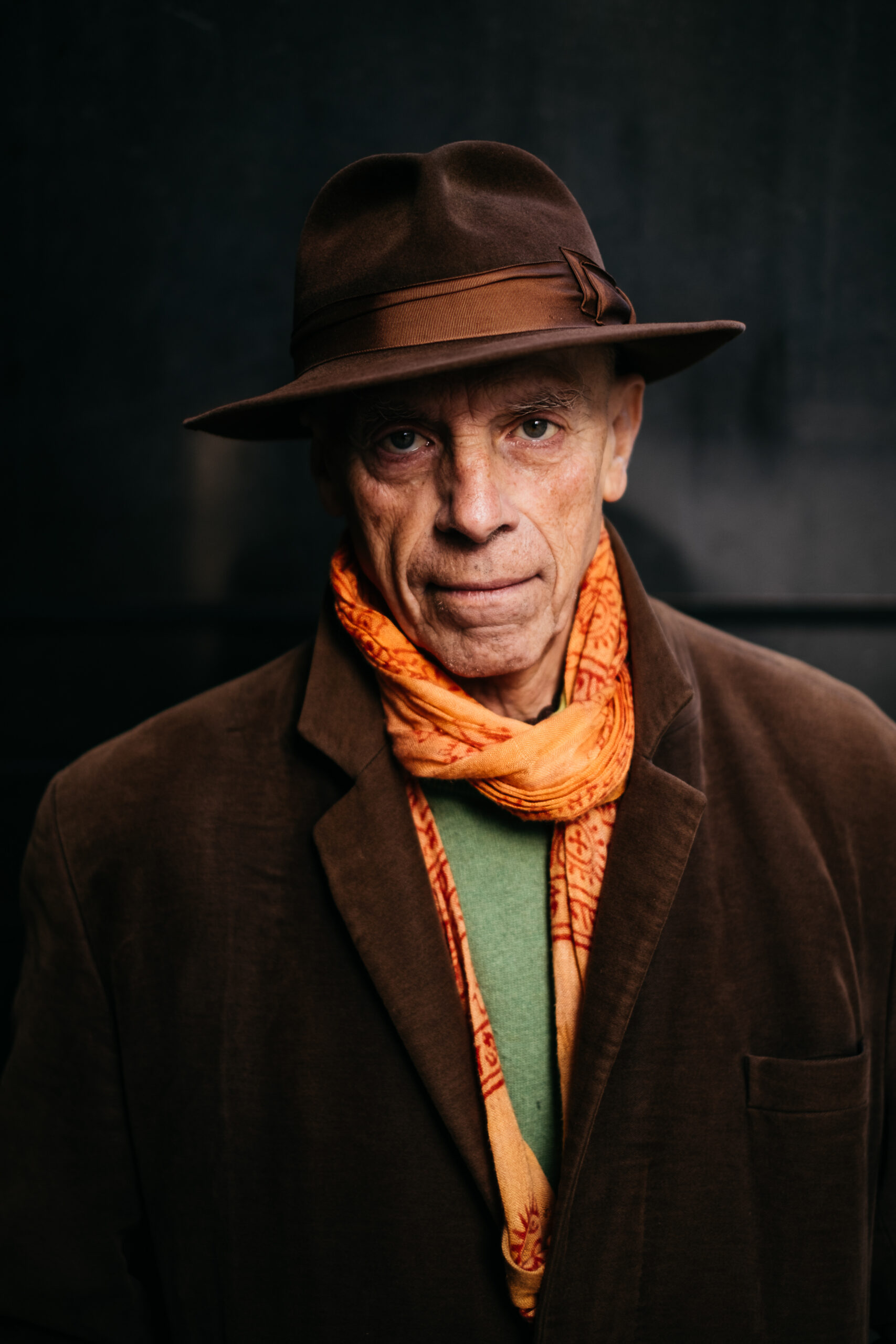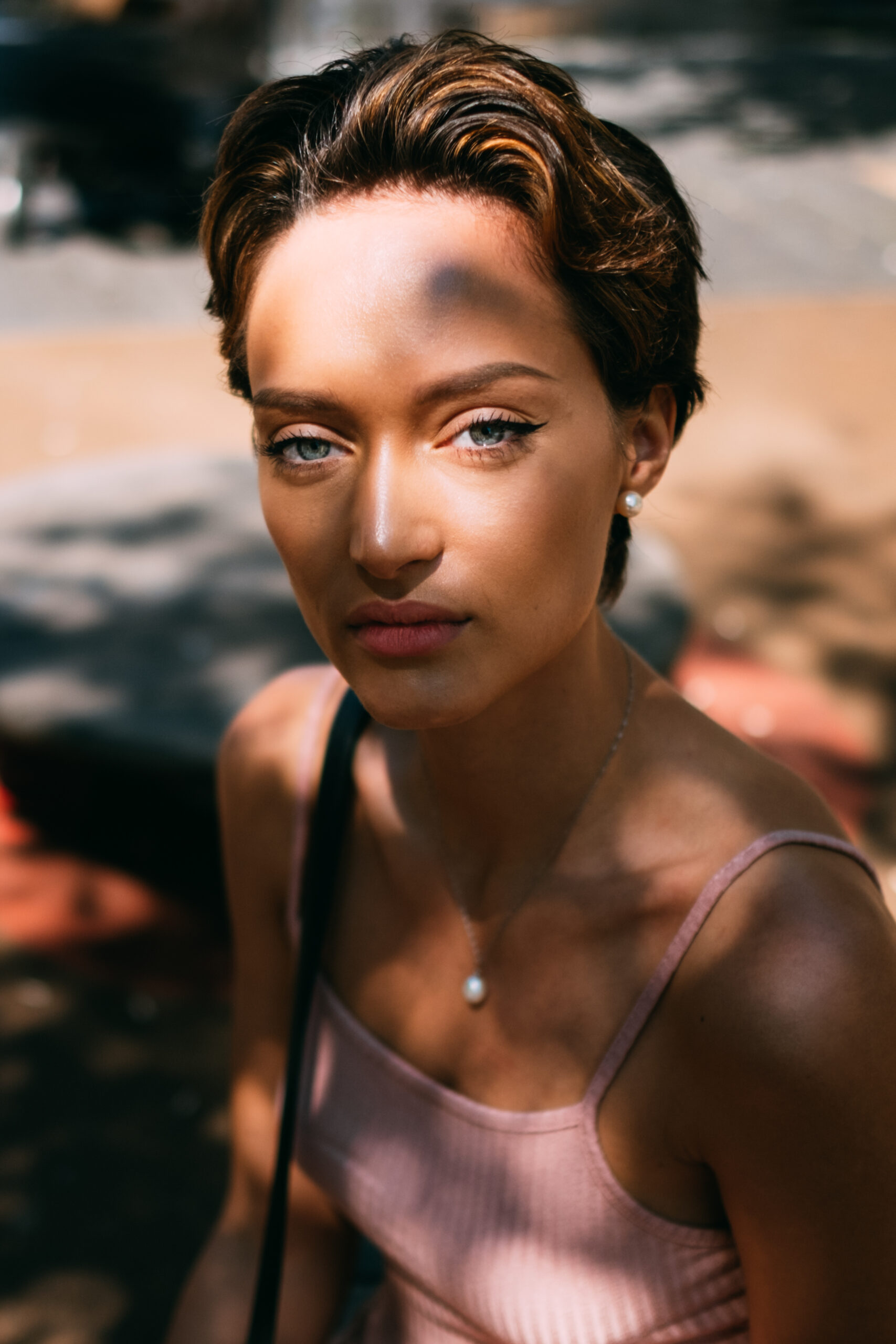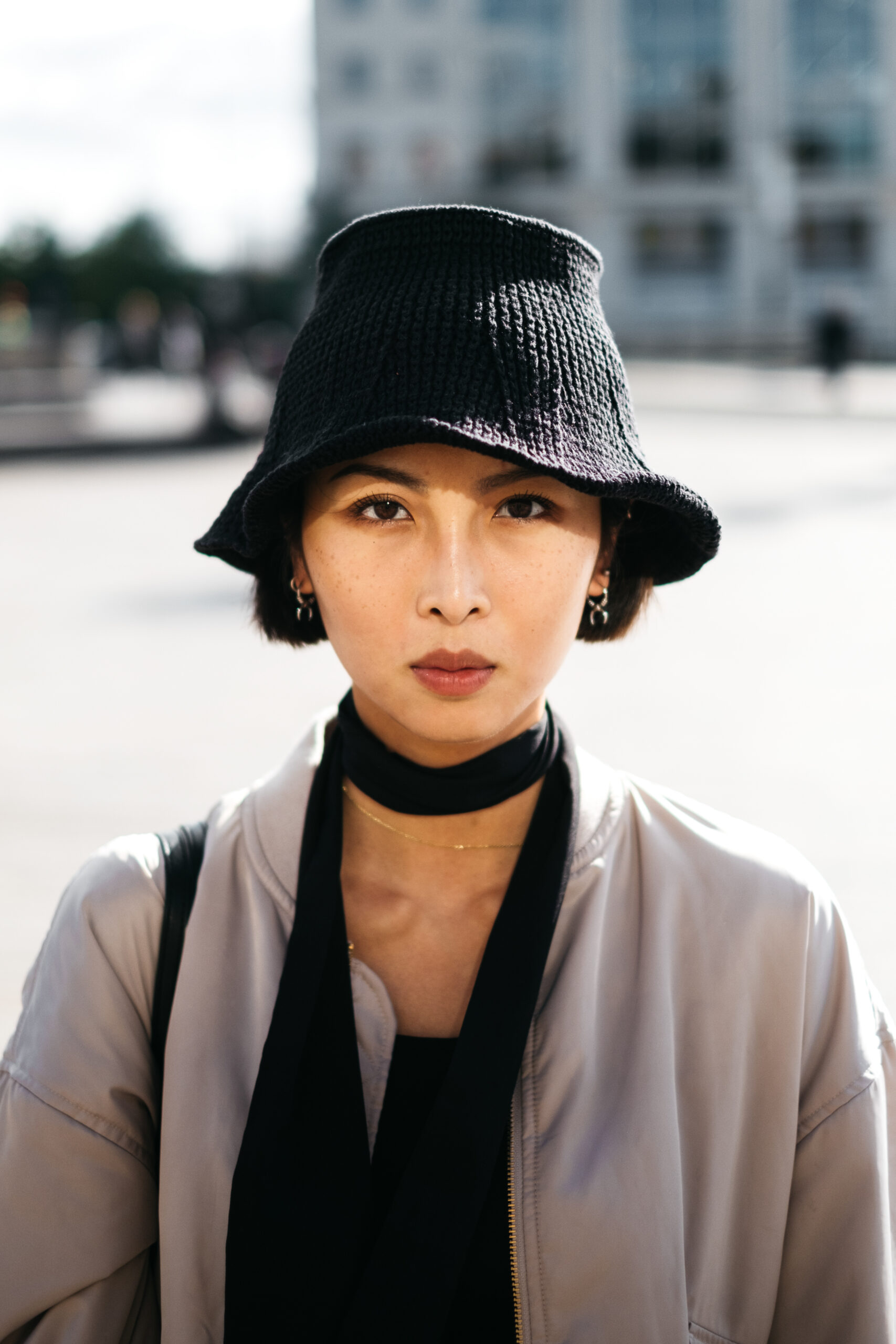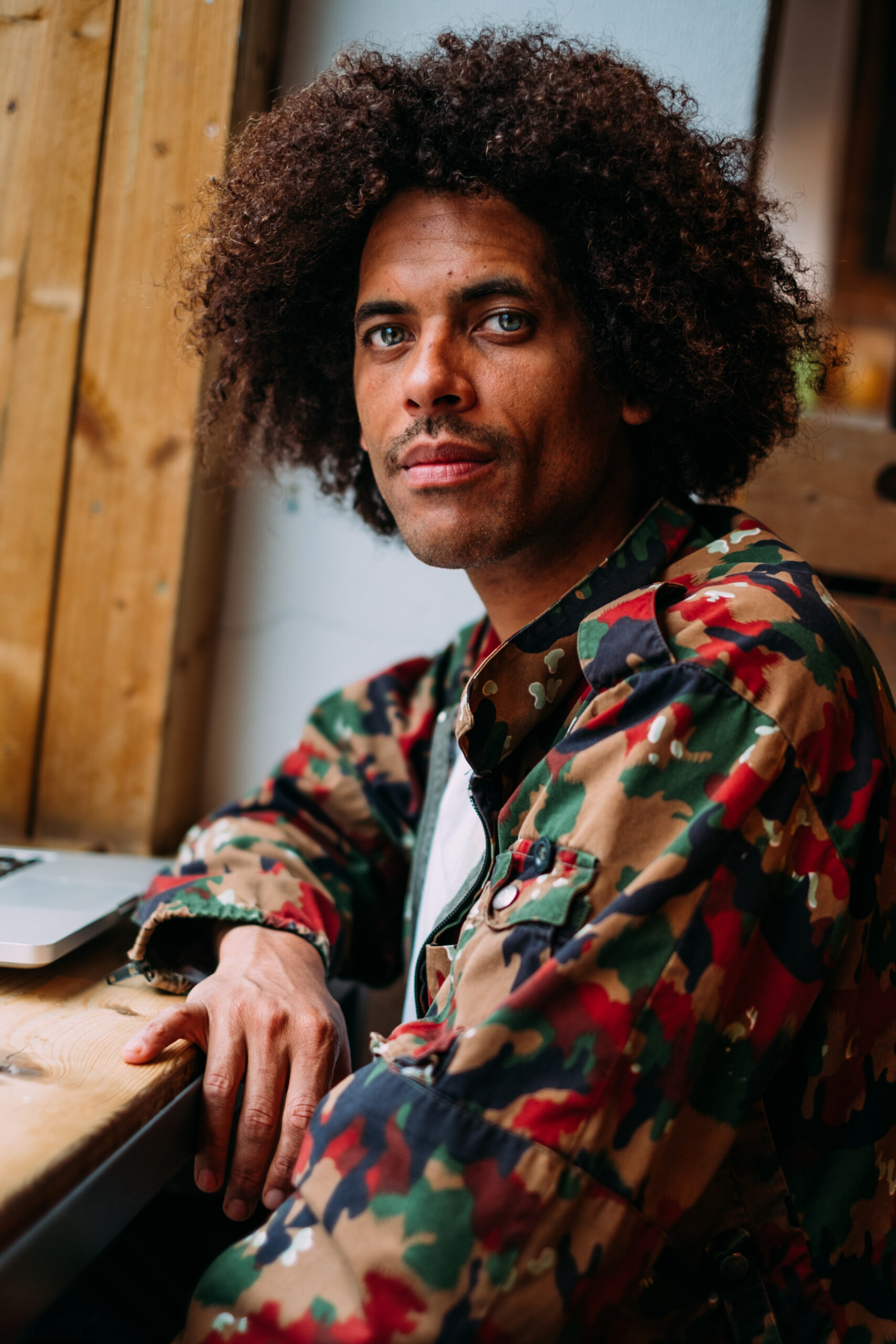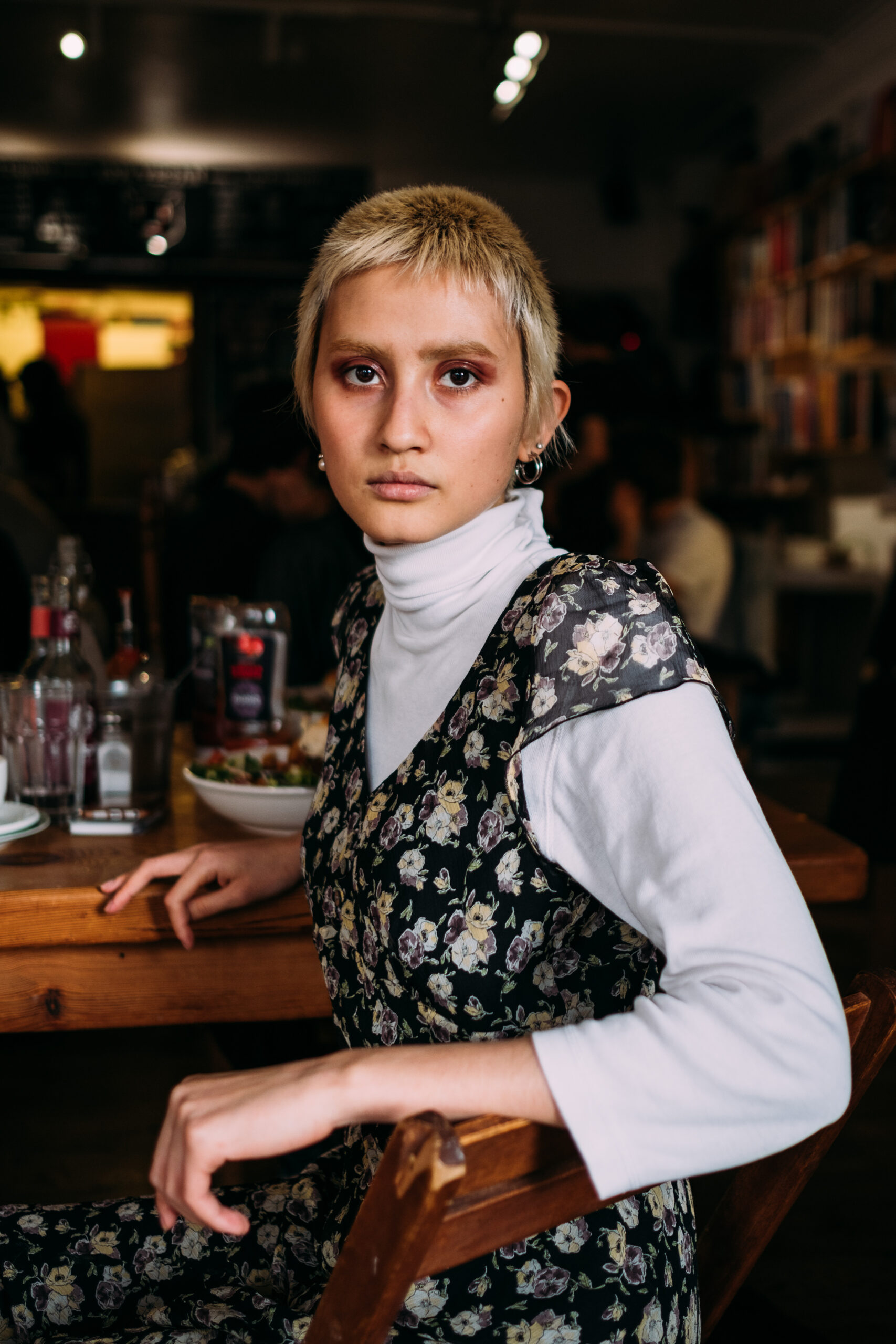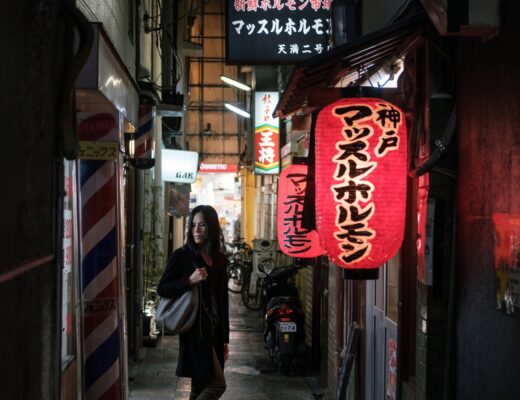I love street portraits. As a street and portrait photographer, the question I probably get asked more than any other is: “How do you approach people for portraits?” Approaching strangers can be a nerve-wracking prospect for many of us.
I’ve been shooting street portraits since I bought my first camera in 2010, although the process of approaching strangers for their photo has remained largely the same. What did change was my relationship to that fear. I now view the process of confronting these fears, prejudices and expectations, regardless of the outcome, as a critical part of the craft of portrait photography. It’s been an interesting journey, and I’ll share a few experiences and approaches that I’ve learned along the way.
You make eye contact, your heart rate increases…
Street portraits, as distinct from your average street photo, require the knowledge and consent of the subject. This is the tricky part for many of us; shooting candids can feel challenging enough without having to engage with subjects, but approaching them is a whole other story. In 2017, I challenged myself to shoot a portrait of a different person every single day of the year – one of the most rewarding and challenging projects of my photographic life. I generally put an immense amount of pressure on myself (I can see my friends nodding at this already) and became fixated with completely unrealistic expectations of creating ‘timeless’ and ‘iconic’ images every single day. If you need a recipe for burnout, this is it.
The crippling social anxiety caused by approaching someone we don’t know can feel like a life-or-death situation: an interesting subject hits my eye-line, the light is perfect, they look like a painting and I’m about to make one of the best images of my life. As they approach, my heart rate increases. We make eye contact. They can see I’m looking at them. My mouth opens but nothing comes out and I’m certain I look like a total nutjob. We walk past each other. The moment has passed and my award-winning photograph dissolves into the wind, which promptly whispers “failure” into my stupid ear.
Confronting the fear
How do I push past that anxiety? Questioning what it was that held me back was useful – a deeply embedded shyness, and fears of rejection or even confrontation. “What’s the worst that could happen?” my mind would ask, rationally, but this never seemed to squash the fear. I found it really useful to have my ‘why’ ready and to hand. I’ve found this particularly useful when doing street photography; one of the main questions levelled at me has been: “What are you doing?” This is replaced by “Why?” when approaching people for street portraits.
Rather than framing this as a confrontation, it’s actually a great opportunity to let people into my process and motives. I’ve found that reflecting on these things myself before I head out to shoot is incredibly valuable. Why am I doing this? I’ve found that people respond really well to simplicity and honesty: “I’m a photographer and I really loved the way the light hit you – I thought it would make a great photo”. To take that a step further, rather than manufacturing an air of total competence and confidence, I’ve found that people respond really well to a bit of vulnerable honesty: “To be honest, I feel a bit awkward asking strangers for photos but I thought you’d make a really interesting subject.” Most people respond really well to that and it can be a great ice-breaker since most of us can totally relate to this feeling.
How I frame the whole experience can completely transform the process. It’s easy to feel like an imposition or an annoyance when stopping people in the street but in reality it may be a really flattering experience for someone and an opportunity for a positive interaction, whatever the outcome. This leads me to my next point: not being hung up on the outcome. It’s easier said than done; nobody likes the feeling or fear of being rejected, but reminding myself that it’s not personal and doesn’t have to take away from the experience means that I now treat approaching people as a craft unto itself, regardless of the outcome. Some of the noes have been just as gratifying as the yeses! I often tell people I’m cripplingly awkward in front of the lens as well, so I totally understand.
Getting set up
Knowing your equipment can be invaluable; there’s nothing worse than getting that “yes”, only to be completely flustered by your own equipment, fumbling with ISO dials and metering modes. So, it’s really useful setting your camera up in advance. If you’re in a space in which you think you’ll be shooting, calibrate everything to that environment, so there’s minimal faff when you find your subject. Having said that, it’s easy to rush things once someone has agreed to be photographed – a second can feel like twenty and it’s easy to overlook simple details that can make or break a great photograph. Take a breath, and don’t be afraid to direct your subject. Counterintuitively, this is a great way of putting someone at ease if they’re not used to being photographed.
Confronting prejudice
In reflecting on my ‘why’ and looking back at the images I’ve shot over the years, I’ve found it interesting to confront my own prejudices. Who am I not approaching? Who isn’t being represented? Representing a wide variety of faces may not be on your agenda but for me, it’s really important. You don’t need to look far to find that the most engaged-with portrait pages on Instagram almost always feature younger, more conventionally attractive women. There’s nothing necessarily wrong with this but the sway of social media can be an insidious beast. For me, at least, comparison has definitely crept in and it’s something I need always to keep an eye on.
We make snap judgments all the time. It’s hard not to be swayed by a face that we interpret as being grumpy or instantly assume that we know someone would definitely say “no” to being photographed. Acting in the face of these assumptions has taught me that I’m anything but a mind-reader and sometimes I’ve had the best interactions with people who I initially felt reluctant to approach.
Mindset
Lofty as it sounds, doing something in the spirit of creativity in the service of one’s craft is another way of getting out of my overthinking head. Fear is completely centred on ourselves so doing something in the service of something greater can be a great way of making it about something other than ourselves.
Fear can be incredibly debilitating so if you’re someone who suffers from crippling social anxieties, I think it’s important to find the sweet spot between leaning out of your comfort zone and being kind to yourself for sometimes struggling to do so.
Conclusion
In my year-long stint of photographing a portrait a day, I was probably as shy on day 365 as I was on day one. What did change was my relationship to fear and how I’ve since viewed the whole process. Regardless of the outcome, part of the craft is confronting those fears, prejudices and expectations of self. You don’t have to be an extroverted people-person to make great portraits; some of my images have come from barely any interaction at all – gesturing with my camera, a thumbs up and a smile, receiving the affirming nod, snap! Clichéd though it is, you really can be yourself; people respond to authenticity more than to a projected charisma.
Like anything else, approaching strangers for street portraits is a muscle I need to keep using otherwise it quickly dwindles. I’ve found myself slightly apprehensive about approaching people post-pandemic and about working up that momentum again. Once I push past those first few interactions, however, it all comes back and I’m ready to talk to strangers again!


